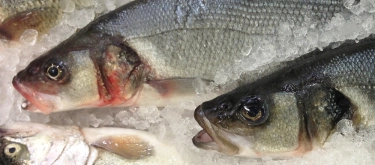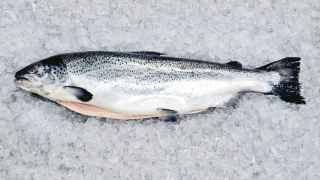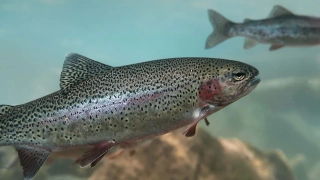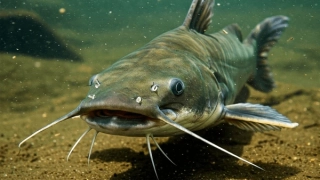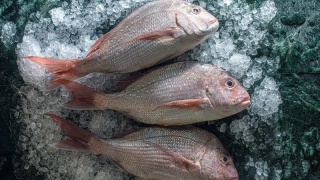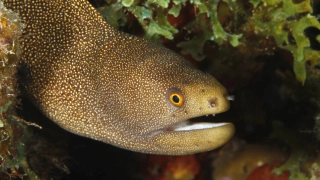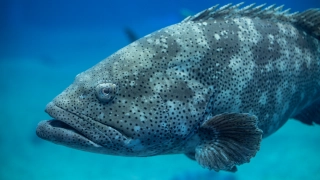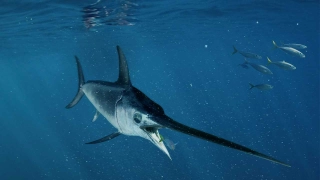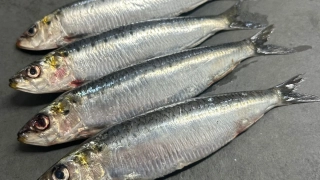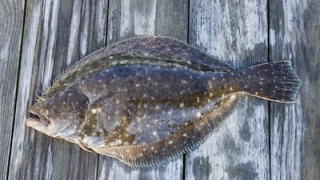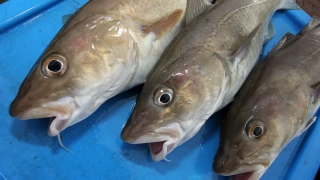Barramundi: Taste Profile, Aroma, Benefits and Health Risks
Barramundi (also known as Asian sea bass, Lates calcarifer) is a highly esteemed fish native to Northern Australia and Southeast Asia. It has become a culinary symbol in Australia, valued both for its delicate taste and its versatility. With growing popularity worldwide, barramundi has secured its place in fine dining restaurants, home kitchens, and sustainable aquaculture.
Barramundi is a low-allergen fish compared to shellfish, but individuals with fish allergies should avoid it. Pregnant women should consume it in moderation due to potential mercury content, though levels are generally lower than in larger predatory fish.
What does Barramundi taste like?
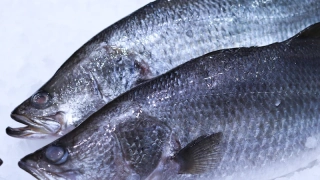
Complete Sensory Description
-
Taste: Mild, clean, slightly sweet, without the strong “fishy” notes found in mackerel or sardine.
-
Aroma: Neutral and fresh, with subtle marine notes, becoming more pronounced when grilled.
-
Texture: Firm yet flaky, with a succulent, buttery mouthfeel.
-
Appearance: White flesh with a slight translucency when raw, turning opaque and pearly after cooking.
In-depth Flavor Analysis
Barramundi’s mild sweetness comes from a balance of amino acids such as glycine and alanine, which are associated with umami and subtle sweetness. The relatively low lipid content compared to salmon gives it a lighter flavor, but the fat that is present is rich in omega-3 fatty acids, lending a silky texture and faintly nutty undertone. Environmental factors—such as whether the fish is wild-caught or farmed—affect flavor intensity: wild barramundi tends to have a slightly earthier, more mineral note due to varied diets, while farmed barramundi is consistently mild. Cooking techniques (grilling, pan-searing) caramelize surface proteins, enhancing savory depth.
Varieties and Culinary Applications
-
Wild Barramundi: Typically larger, with a deeper and more complex flavor profile.
-
Farmed Barramundi: Uniform taste, consistent fat distribution, widely available.
Culinary uses:
-
Grilled or pan-seared fillets with citrus sauces.
-
Steamed with Asian herbs (lemongrass, ginger).
-
Used in curries, soups, and stir-fries across Southeast Asia.
-
Baked whole for festive meals, especially in Australia.
Selection and Storage
-
Choose fillets that are firm, moist, and free of discoloration.
-
Fresh barramundi should smell clean, not overly fishy.
-
Store on ice or in the refrigerator at 0–4°C, and consume within 2 days.
-
For longer storage, freeze at –18°C; barramundi retains texture well when frozen.
Nutritional Insights
Barramundi is an excellent source of lean protein, vitamin D, and omega-3 fatty acids, which support cardiovascular and brain health. Compared to salmon, it contains less fat but still contributes to lowering triglyceride levels and reducing inflammation. Regular consumption may benefit individuals with high cholesterol or at risk of heart disease.
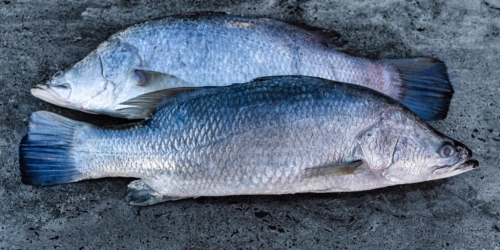
Expert Insights & Culinary Tips
Chefs often highlight barramundi’s adaptability: its mild flavor pairs well with both bold spices and delicate herbs. Acidic components such as lime or tamarind enhance its sweetness, while smoky grilling enriches its savory notes. Avoid overcooking—it is best cooked until just opaque to preserve juiciness.
Interesting and Curious Facts
-
The name “barramundi” comes from an Aboriginal language of Queensland meaning “large-scaled river fish.”
-
It can live in both fresh and salt water, making it unique among food fish.
-
Barramundi is Australia’s national aquaculture species, often featured in sustainability campaigns.
Harm and Dietary Considerations
-
Contains mercury, though at lower levels than tuna or swordfish. Pregnant women and young children should limit intake.
-
Overconsumption of fried barramundi can increase calorie and fat intake, negating its health benefits.
Religious Dietary Considerations
Barramundi is permissible under Islamic (halal) and Jewish (kosher, if scaled properly) dietary laws. It is acceptable in Hindu and Buddhist traditions that allow fish consumption. No major religious restrictions are associated with this fish.
Sustainability & Fishing Practices
Barramundi is considered one of the more sustainable fish choices:
-
Farmed barramundi in Australia and the U.S. is raised with environmentally responsible practices, including closed-loop systems that minimize pollution and feed sourced from non-wild fish proteins.
-
Wild-caught barramundi in Australia is regulated with strict quotas and seasonal closures to protect breeding populations.
-
Its adaptability to farming in fresh, brackish, and salt water reduces ecological pressure on wild stocks.
Consumers are encouraged to choose responsibly farmed or certified wild barramundi to support ecological balance.
Final Thoughts & Sensory Journey
Barramundi embodies the essence of a balanced seafood experience—mild sweetness, firm yet delicate texture, and wide culinary adaptability. Its role as a sustainable and culturally significant fish makes it more than a meal: it is a symbol of modern responsible gastronomy in Australia.
Resources
-
Turchini, G. M., & De Silva, S. S. (2008). Fish Oil Replacement and Alternative Lipid Sources in Aquaculture Feeds. CRC Press.
-
FAO Fisheries and Aquaculture Reports on Barramundi (Lates calcarifer).
-
Australian Government, Department of Agriculture, Fisheries and Forestry: Sustainability Reports on Barramundi.
-
Hallier, A., & Gaillard, T. (2018). Aquaculture and the Future of Barramundi. Journal of Applied Ichthyology.
